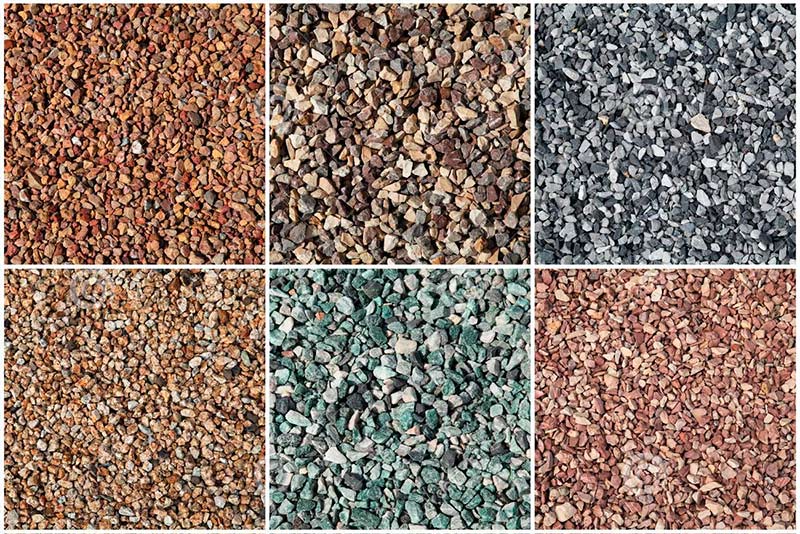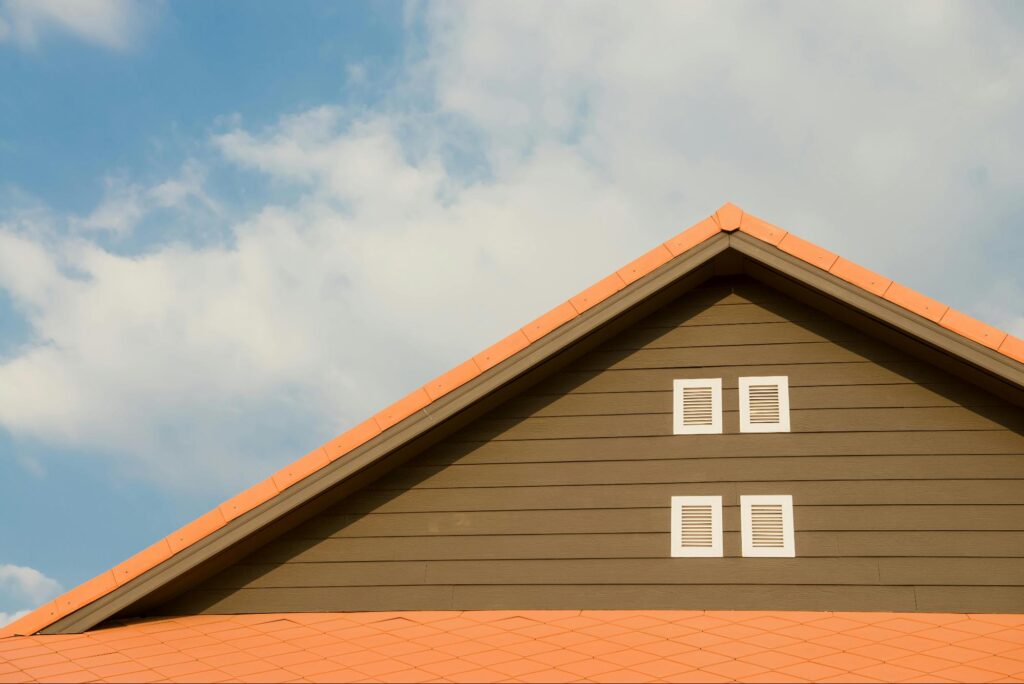In the realm of home improvement, the choice of primer holds a pivotal role in ensuring a flawless and long-lasting finish for your walls. Amidst the myriad options available, one that stands out for its versatility and effectiveness is ceiling paint used as a primer. In this comprehensive guide, we delve into the manifold benefits of this unconventional yet highly efficient approach.
The Foundation of Success: Why Primer Matters
Primer’s Essential Role
Primer serves as the foundation for any painting project, creating an optimal surface for the paint to adhere to. While traditional primers have their merits, the unique attributes of ceiling paint elevate it to a position of prominence in the world of priming.
Benefits Galore: Unraveling the Advantages
1. Enhanced Adhesion
Ceiling paint, designed to adhere seamlessly to various surfaces overhead, possesses an unparalleled adhesive quality. When used as a primer, it forms a robust bond with the underlying surface, providing a solid base for subsequent layers of paint. This enhanced adhesion ensures that your paint job withstands the test of time.
2. Cost-Effective Solution
Opting for ceiling paint as a primer is not only a practical choice but also a cost-effective one. This dual-purpose application eliminates the need for a separate primer, saving you both time and money. It’s a savvy solution for budget-conscious homeowners who seek efficiency without compromising on quality.
3. Stain Blocking Properties
Ceiling paint often contains stain-resistant components, a feature that proves invaluable when used as a primer. Stains, whether from water damage or previous paint, are effectively sealed, preventing them from bleeding through the final coat of paint. This results in a flawless finish that exudes professionalism.
4. Seamless Surface Smoothing
One of the standout advantages of using ceiling paint as a primer is its ability to smooth imperfections on the surface. Whether your walls bear the scars of previous imperfections or exhibit uneven textures, the application of ceiling paint works wonders in creating a seamless canvas for your desired paint finish.
5. Versatility in Application
Unlike conventional primers that are tailored for specific surfaces, ceiling paint proves to be remarkably versatile. Its compatibility with a variety of materials, including drywall, wood, and even masonry, makes it a go-to choice for homeowners with diverse painting projects.
Application Tips: Maximizing the Potential
Surface Preparation
Before embarking on your painting journey with ceiling paint as a primer, it’s crucial to ensure that the surface is clean and free of any debris. Smooth out rough patches and fill in any cracks or holes for an even application.
Proper Mixing
Achieving optimal results hinges on the proper mixing of the ceiling paint. Stir it thoroughly to ensure an even distribution of pigments and additives, enhancing its effectiveness as a primer.
Layering Techniques
For the best outcome, apply the ceiling paint in thin, even layers. This not only facilitates better adhesion but also allows for more control over the final aesthetic of your painted surface.
In Conclusion
In the dynamic world of home improvement, innovation often takes center stage. Embracing the use of ceiling paint as a primer emerges as a testament to the resourcefulness of homeowners seeking efficiency without compromise. The benefits, ranging from enhanced adhesion to cost-effectiveness, position this unconventional approach as a game-changer in the pursuit of a flawless paint finish.



